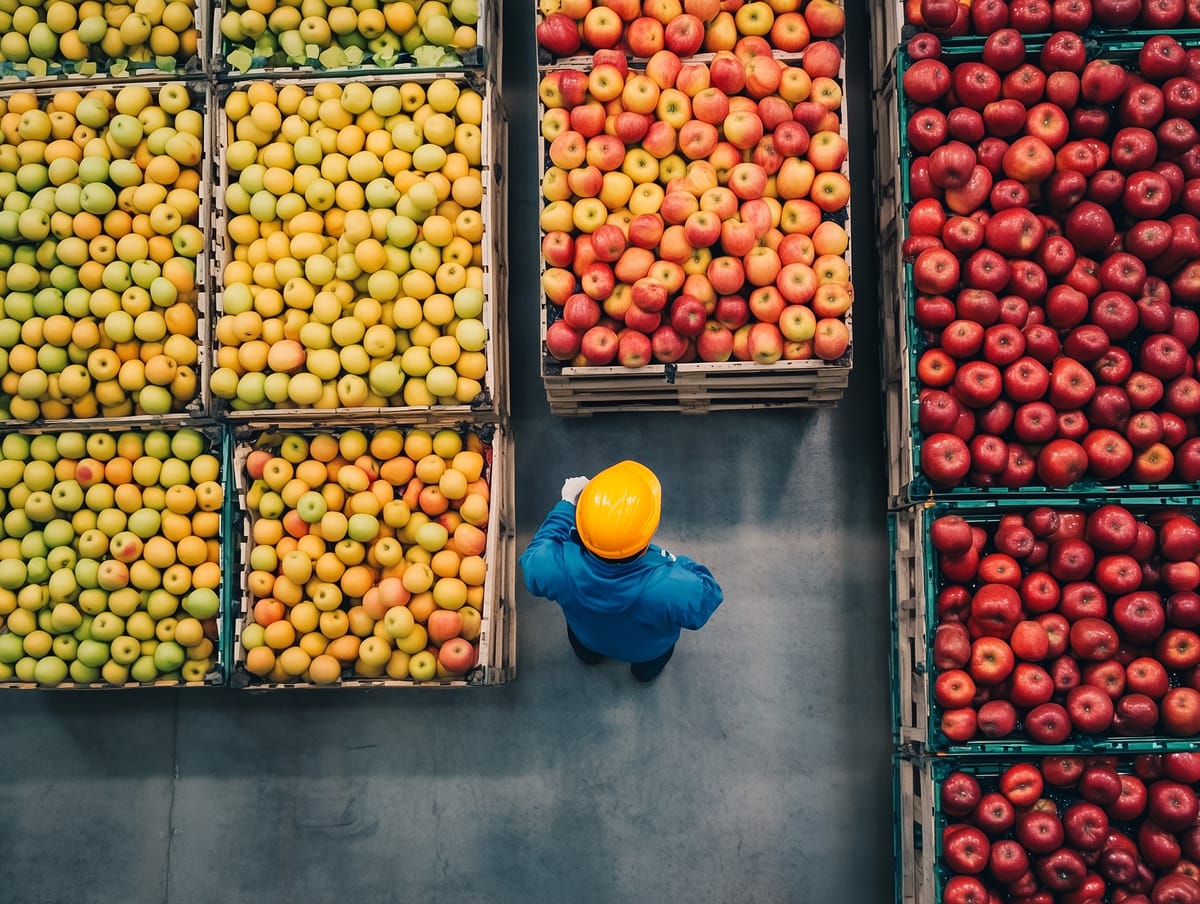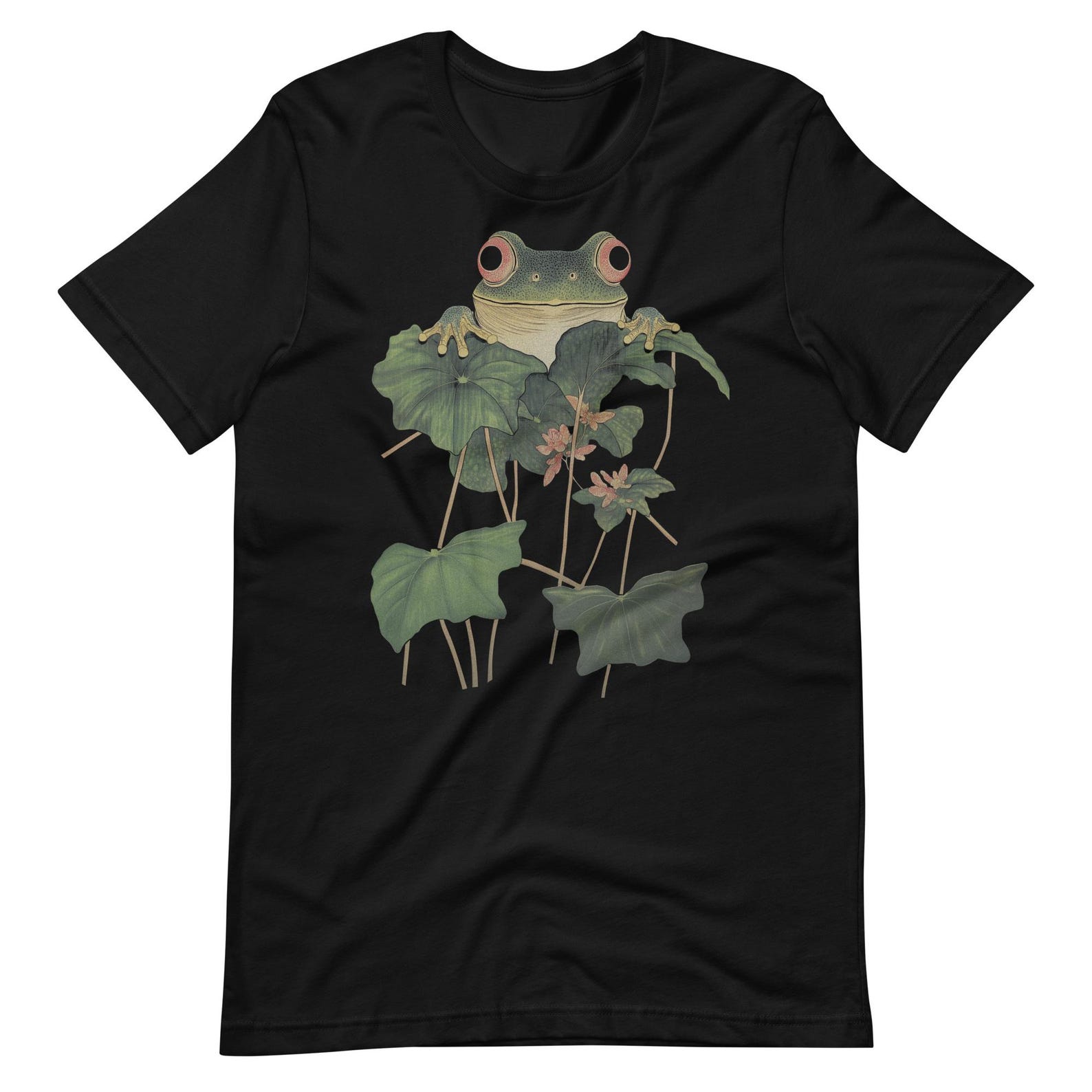Smart Food Choices: A Guide to Eating Well
This guide offers clear, practical strategies for reducing food safety risks at home, empowering you to make smart, healthy choices at every meal.

Simple food safety tips to help you shop, cook, and eat with confidence—especially during uncertain times.
Recent news about changes in food safety oversight in the U.S. has led many to take a closer look at how they select and prepare food.
This guide offers clear, practical steps you can take to make informed choices and reduce risk when preparing and consuming food. Our focus is on confidence, clarity, and care—especially when navigating uncertainty.
Please refer to real authorities and experts for the most up-to-date safety guidance, as FUKKT is not one.
🌱 1. Prioritize Whole, Unprocessed Foods Suitable for Washing or Cooking
When in doubt, eat what you can clean thoroughly or cook thoroughly.
-
Safest picks: root vegetables (carrots, sweet potatoes, beets), citrus fruits (thick skins), squash, apples, bananas, and cabbages. These items have natural barriers or are easy to scrub.
-
Caution with: prewashed salad mixes and leafy greens like romaine. These have been frequent culprits in past outbreaks, and without routine testing, the risk may rise. If you buy leafy greens, rinse them yourself thoroughly in cold water and consider briefly soaking in a vinegar-water solution (1:3 ratio), then rinse again.
🔥 2. Cook Foods Thoroughly
Heat remains one of the most effective tools for killing bacteria, parasites, and viruses. Use a food thermometer to ensure safe internal cooking temperatures:
- Poultry: 165°F (74°C)
- Ground meat: 160°F (71°C)
- Fish: 145°F (63°C)
🥫 3. Choose Established Brands for Processed Foods
Established producers often implement robust safety procedures during packaging and manufacturing. When buying canned or frozen goods, stick with trusted names. Avoid damaged or bulging cans.
🥛 4. Exercise Caution with Unpasteurized Dairy and Soft Cheeses
Products like brie or raw milk can carry higher risks if improperly handled. Look for pasteurized labels and buy from sources that practice safe storage and transport.
🧼 5. Strengthen Your Home Food Safety Practices
Your kitchen is the frontline for safety. Good habits matter:
- Wash your hands with soap and water before and after handling food.
- Clean and sanitize surfaces and tools regularly.
- Keep raw meats and seafood separate from ready-to-eat items.
- Use separate cutting boards for meats and produce.
- Store perishables at or below 40°F (4°C).
- Use a food thermometer to ensure safe cooking.
🤝 6. Connect with Local Food Sources
Visit local farms and markets when possible. Talking with growers can give insight into their harvesting, washing, and storage methods. Knowing where your food comes from helps you make more informed choices.
👶 7. Take Extra Precautions for Vulnerable Individuals
Infants, older adults, and those with compromised immune systems are more susceptible to foodborne illness. Be extra careful to:
- Cook all animal products thoroughly.
- Avoid unpasteurized items.
- Skip honey for infants under one year.
🧭 In Times of Uncertainty, Keep it Simple
By focusing on cleanliness, proper cooking, smart sourcing, and a little extra care, you can eat well with peace of mind—even when systems shift.
Eating well should be a joy. With thoughtful habits, it still can be.












